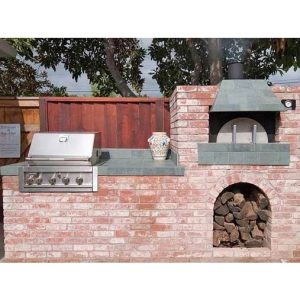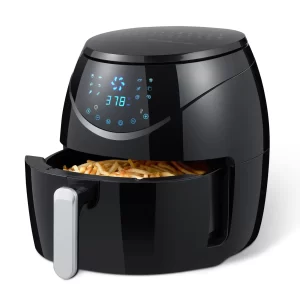What oven does not require a hood system?
Introduction:
When it comes to installing a new oven in a kitchen, one consideration is whether a hood system is required. A hood system, also known as a range hood or exhaust hood, is designed to remove grease, smoke, and odors generated during cooking. However, not all ovens require a hood system for installation. In this article, we will explore different types of ovens that do not typically require a hood system, discussing their features, ventilation requirements, and advantages. By understanding the options available, users can select an oven that suits their needs while considering the ventilation requirements of their kitchen.

What oven does not require a hood system?
Electric Ovens:
a. Overview: Electric ovens are a popular choice for many kitchens due to their ease of use and versatility in cooking. Most electric ovens do not require a hood system because they generate less smoke and odors compared to certain gas appliances.
b. Ventilation: Electric ovens generally require proper ventilation to release heat generated during the cooking process. While they may not produce as much smoke or strong odors as gas ovens, it is still important to ensure adequate airflow in the kitchen.
c. Ventilation Options: Instead of a dedicated hood system, electric ovens can be used with alternative ventilation options such as a window, open kitchen layout, or a portable air purifier. These options provide sufficient airflow and help maintain a comfortable cooking environment.
Convection Ovens:
a. Overview: Convection ovens are equipped with a fan that circulates hot air within the oven cavity. This results in faster and more even cooking, making them a popular choice among professional chefs and home cooks.
b. Ventilation: Convection ovens typically do not require a hood system. The enhanced airflow and even heat distribution in these ovens reduce the likelihood of excessive smoke or strong odors. However, it is still important to ensure proper ventilation for heat dissipation.
c. Natural Ventilation: Convection ovens can be used in kitchens with natural ventilation, such as windows or open kitchen layouts. These options allow for adequate airflow and help dissipate any heat generated during cooking.
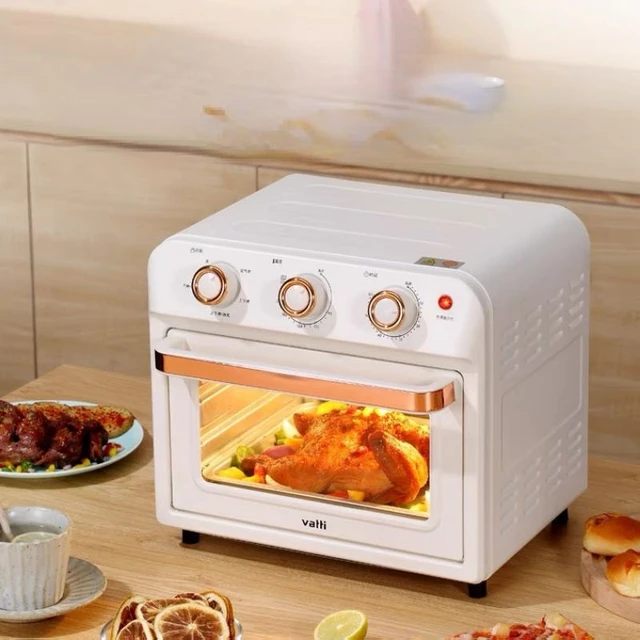
Steam Ovens:
a. Overview: Steam ovens use hot, pressurized steam to cook food. They are known for their ability to lock in moisture, preserve nutrients, and deliver flavorful results.
b. Ventilation: Steam ovens generally do not produce smoke or strong odors, making them a suitable option for kitchens without a hood system. However, it is still important to ensure proper ventilation for heat dissipation and a comfortable cooking environment.
c. Natural Ventilation: Steam ovens can be used in kitchens with natural ventilation, such as windows or open kitchen layouts. These options provide sufficient airflow for heat dissipation and help maintain a pleasant cooking environment.
Induction Ovens:
a. Overview: Induction ovens use electromagnetic fields to generate heat directly in the cookware, resulting in efficient and precise cooking. They are known for their quick heat-up times and energy efficiency.
b. Ventilation: Induction ovens generally do not require a hood system since they produce minimal smoke or strong odors. However, proper ventilation is still necessary for heat dissipation and maintaining a comfortable cooking environment.
c. Natural Ventilation: Induction ovens can be used in kitchens with natural ventilation, such as windows or open kitchen layouts. These options provide adequate airflow to dissipate any heat generated during cooking.
Toaster Ovens:
a. Overview: Toaster ovens offer a compact and versatile cooking solution, suitable for smaller kitchens or when cooking small portions. They are commonly used for toasting, baking, and reheating food.
b. Ventilation: Toaster ovens typically do not require a hood system, as they produce minimal smoke or strong odors. However, proper ventilation is still important to ensure heat dissipation and a comfortable cooking environment.
c. Natural Ventilation: Toaster ovens can be used in kitchens with natural ventilation, such as windows or open kitchen layouts. These options provide sufficient airflow to dissipate any heat generated during cooking.
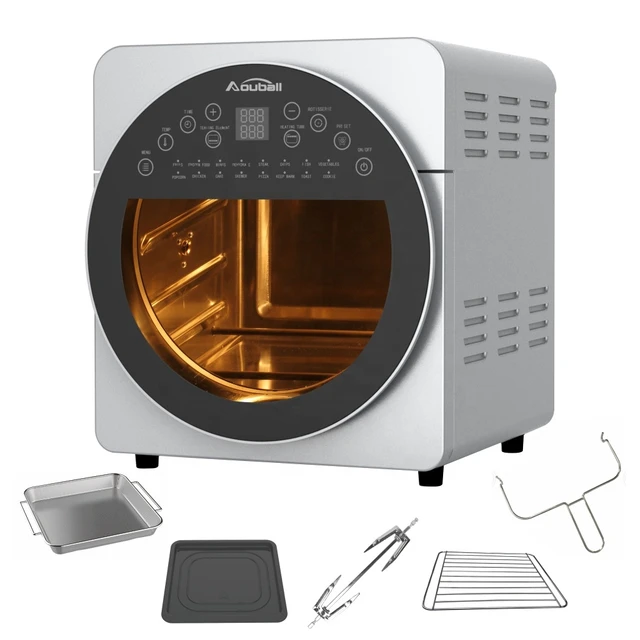
Advantages of Ovens without Hood Systems:
a. Space Efficiency: Ovens that do not require a hood system offer the advantage of space efficiency, as they do not require the installation of a large hood or exhaust system.
b. Design Flexibility: Not needing a hood system allows for more design flexibility in the kitchen. It opens up opportunities for various layout options and appliance placement.
c. Cost Savings: Ovens that do not require a hood system can be more cost-effective since the installation of a hood system can be a significant expense.
d. Energy Efficiency: Many ovens without hood systems, such as electric and induction ovens, are known for their energy efficiency. This can result in cost savings over time and reduced environmental impact.
Ventilation Considerations:
a. Natural Ventilation: Kitchens with windows or open layouts can benefit from natural ventilation, allowing for the dissipation of heat and ensuring a comfortable cooking environment.
b. Portable Air Purifiers: In kitchens without a hood system, portable air purifiers can help improve indoor air quality by removing smoke, odors, and airborne particles generated during cooking.
c. Regular Maintenance: Regardless of the type of oven used, regular maintenance is important to ensure proper ventilation and prevent the buildup of grease or other contaminants that could impact airflow.
Considerations for Commercial Settings:
a. Local Regulations: In commercial settings, it is crucial to comply with local health and safety regulations regarding ventilation and the use of hood systems. Some jurisdictions may have specific requirements for commercial kitchens that necessitate the installation of a hood system regardless of the type of oven used.
b. Consultation with Professionals: When setting up a commercial kitchen, it is recommended to consult with professionals, such as architects, HVAC specialists, and local authorities, to ensure compliance with regulations and determine the ventilation needs specific to your establishment.
c. Combination Systems: In some cases, a combination system that integrates ventilation with the oven may be required. These systems can effectively remove smoke, odors, and grease particles, ensuring a safe and clean cooking environment while also meeting regulatory requirements.
Personal Preferences and Cooking Habits:
a. Cooking Styles: Consider your preferred cooking methods and the types of dishes you frequently prepare. Some cooking techniques, such as high-temperature searing or grilling, may generate more smoke and require additional ventilation.
b. Frequency of Use: If you frequently use the oven for high-heat cooking or have a busy kitchen, it may be beneficial to have a hood system or enhanced ventilation to maintain a comfortable and odor-free environment.
c. Sensitivities and Allergies: Some individuals may be more sensitive to smoke, odors, or airborne particles. In such cases, it may be preferable to have a hood system or consider additional ventilation options to ensure a clean and healthy cooking environment.
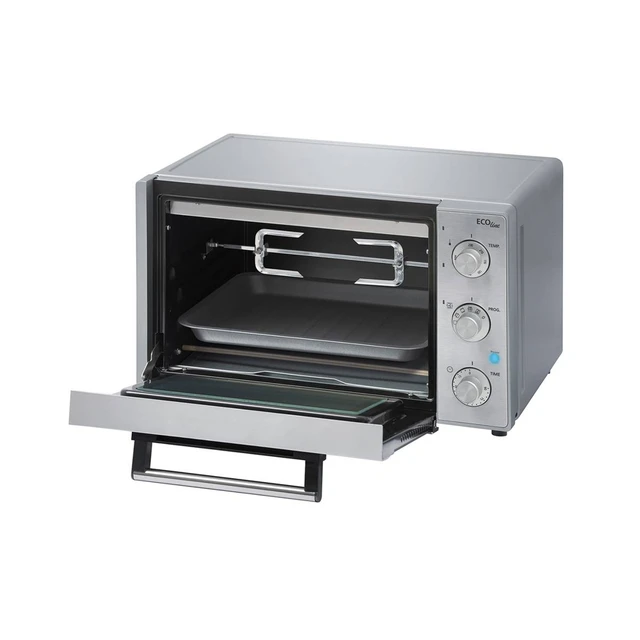
Conclusion:
Various types of ovens, such as electric, convection, steam, induction, and toaster ovens, do not typically require a hood system for installation. These ovens offer advantages in terms of space efficiency, design flexibility, cost savings, and energy efficiency. While proper ventilation is still important to dissipate heat and ensure a comfortable cooking environment, alternative options such as natural ventilation, open layouts, or the use of portable air purifiers can be utilized. By understanding the ventilation requirements of different oven types and considering the specific needs of your kitchen, you can select an oven that suits your cooking preferences without the need for a hood system.
